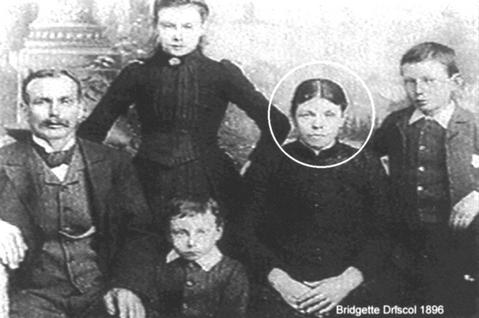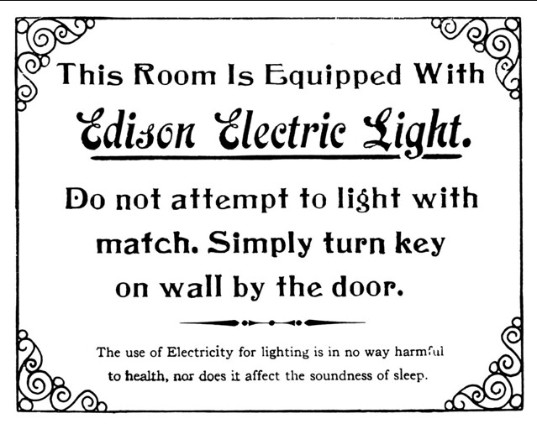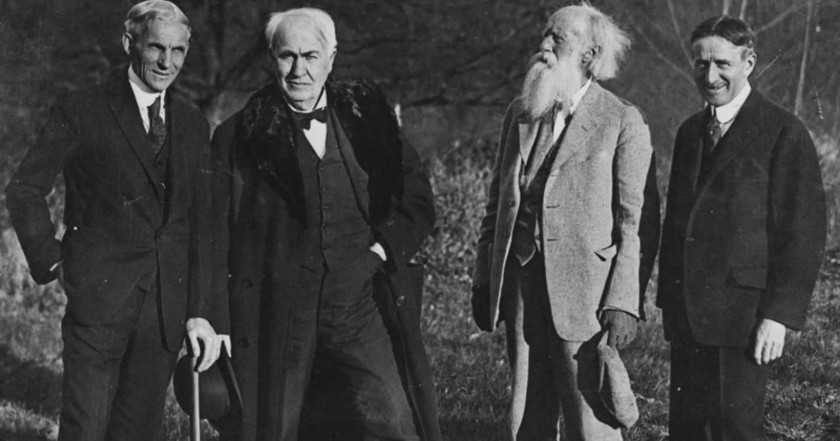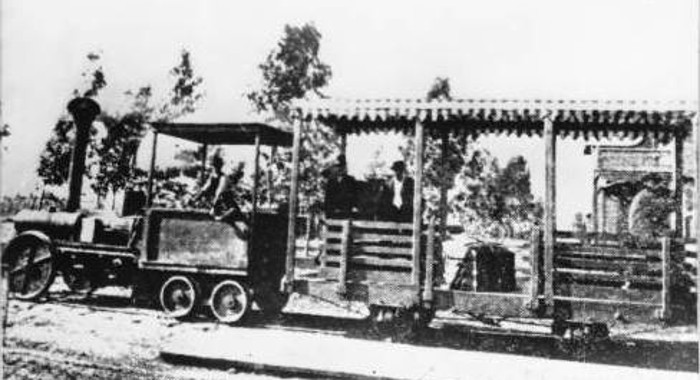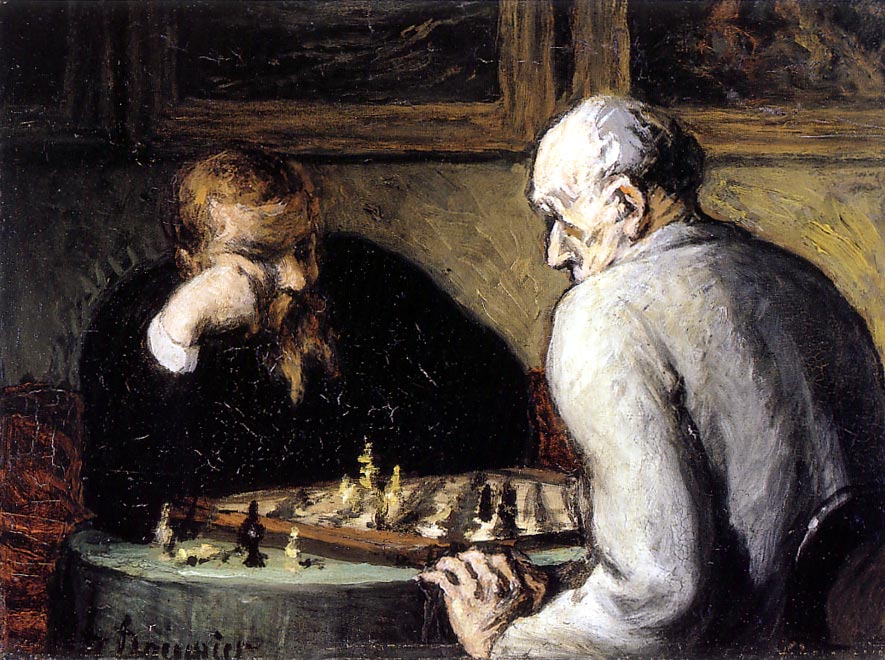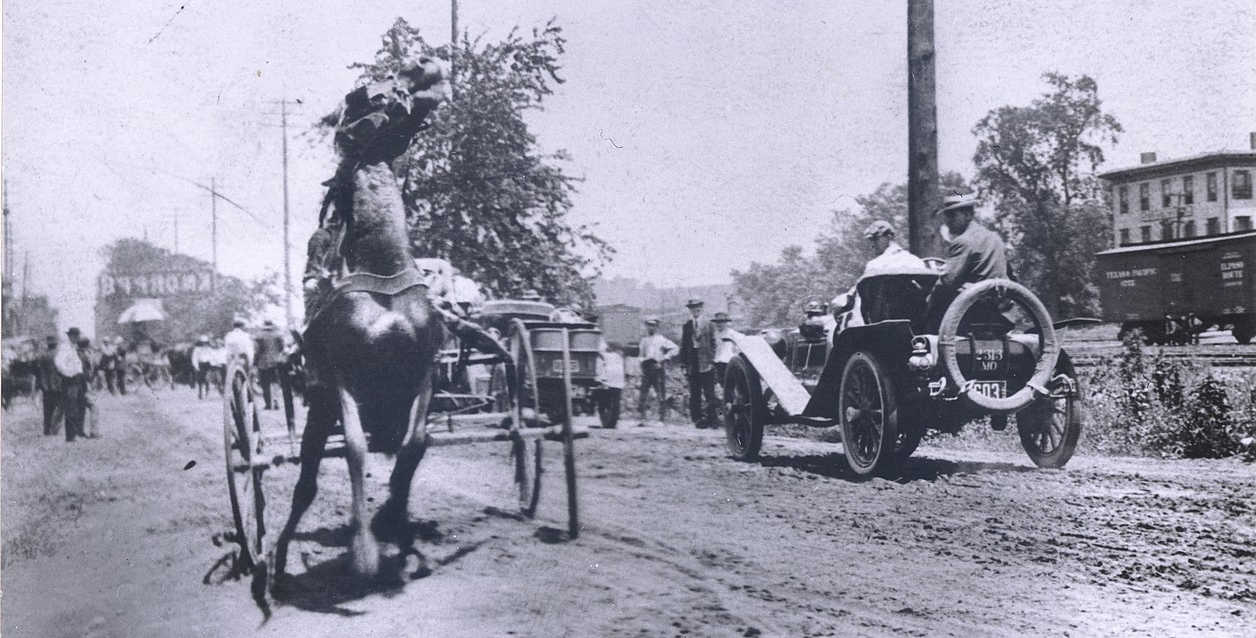In 2015, when startup founder Roman Mazurenko died in a Moscow car accident, his best friend, Eugenia Kuyda, spent three months gathering his last text messages and created an app that would let her speak with him again:
Eugenia: How are you?
Roman bot: I’m OK. A little down. I hope you aren’t doing anything interesting without me?
Eugenia: A lot is happening. Life is going on, but we miss you.
Roman bot: I miss you too. I guess this is what we call love.
Her company, Luka, eventually released an app, Replika, that users can engage in private conversation as if with a close friend. It’s seen millions of downloads among people who want the therapeutic effect of an intimate conversation without risking the awkwardness or judgment of a social interaction.
“We spend so many hours glued to our screens that we forget to talk to each other,” Kuyda told Forbes in 2018. “People are scared of making phone calls. The new generation will text because you can edit what you say. Lots of people are afraid of vulnerability.”
“Honestly, we’re in the age where it doesn’t matter whether a thing is alive or not.”
